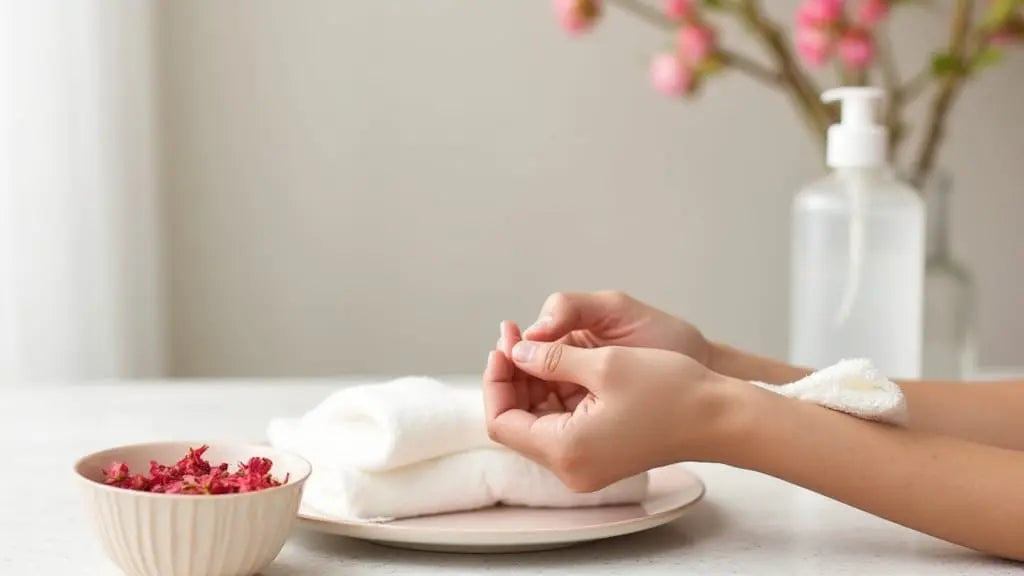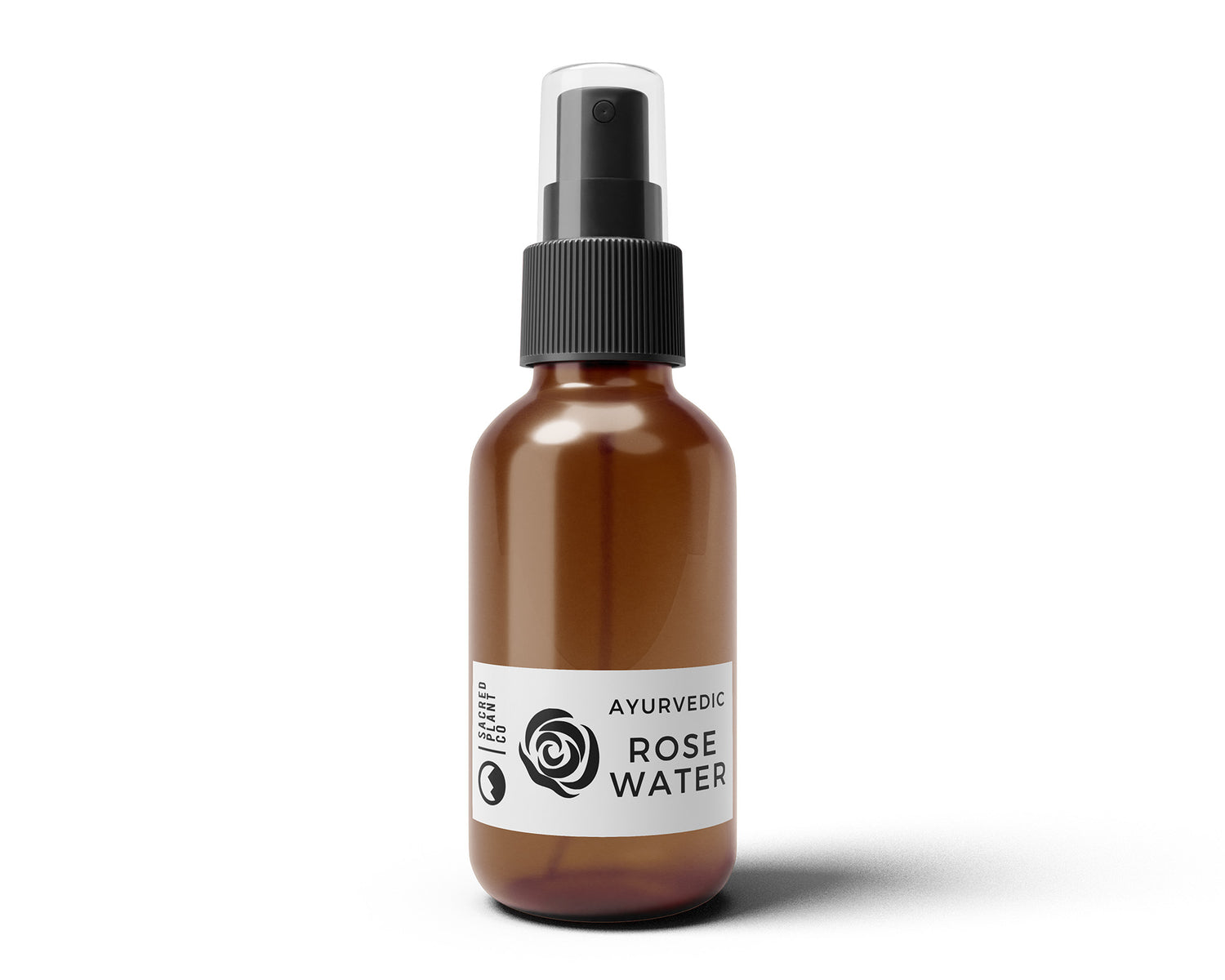Rose Petals: History, Gentle Uses, and a Calming Tea
Last updated: August 31, 2025
Greetings, green guardians and herbal aficionados! Today we explore the historical and cultural richness of a beloved botanical: the rose petal. For centuries, communities have turned to rose petals for their fragrance and calm. While traditions vary, many households have enjoyed a simple cup of rose tea in the evening or used petals in soothing preparations at home.

Traditions and everyday uses
European herbals frequently note rose petal tea as a gentle way to wind down—an evening tisane brewed from culinary petals for a soft, floral cup. In Traditional Chinese Medicine, dried rose buds and petals are included in comfort-oriented blends intended to support a smooth, “free-flowing” state; they’re often paired with other mild botanicals in everyday wellness teas. Several Native American accounts mention topical uses—petals placed in simple poultices or rinses as part of home care traditions. In Ayurveda, rose is described as cooling (sheetala) and soothing, valued for helping settle heat and restlessness and for encouraging a calm, balanced emotional tone; rose water and lightly infused teas are common household preparations.
These practices come from cultural and community knowledge passed down over time. Modern research on roses varies widely by plant part (petals vs. hips), form (tea, hydrosol, extract, essential oil), and study design, so results aren’t one-to-one with traditional use. A practical takeaway is to treat rose as a gentle option rather than a cure-all: start with a mild tea (for example, 1–2 teaspoons dried petals per cup, steeped 5–7 minutes), notice how you feel, and adjust. If using topically, patch test first, and choose clean, food-grade petals. As always, if you’re pregnant, nursing, on medication, or managing a condition, check with a qualified professional—this information is educational and not medical advice.
Simple rose–chamomile tea
A fragrant cup that many enjoy in the evening. If you prefer it milder, use fewer petals or shorten the steep.
Ingredients
- 1 tsp dried rose petals
- 1 tsp dried chamomile flowers
- ½ tsp dried lemon balm
- 1 cup hot water
- Honey or lemon to taste (optional)
Instructions
- Combine herbs in a cup or teapot.
- Pour hot water, cover, and steep 5–7 minutes.
- Strain and enjoy warm.
Tips, storage, and safety
- Storage: Keep dried petals in an airtight jar away from heat, light, and moisture.
- Blending: Pairs well with chamomile, lemon balm, and spearmint for gentle evening cups.
- Topical use: Test a small area first. Topical strengths differ from tea.
- Considerations: If pregnant, nursing, taking medication, or managing a condition, check with a qualified professional. Educational purposes only. Not medical advice.
Further reading
- Benefits of Rose Petals: Soothing, Healing & Beyond
- The Spiritual Use of Rose Petals
- The Enchanting Power of Herbs for Love
- The Ultimate Guide to Storing Bulk Herbs
FAQ
- Can I drink rose petals as tea?
- Many people enjoy a mild cup made from dried culinary rose petals. Start with 1 teaspoon per cup and adjust to taste.
- Do rose petals taste perfumed?
- They’re floral and gently sweet. Blending with chamomile or lemon balm softens the profile for a balanced cup.
- Are rose petals good for skin?
- Some people use hydrosols or cooled tea compresses for a soothing feel. Patch test first; topical strengths differ from tea.
- How should I store dried petals?
- In a sealed jar kept cool, dry, and out of light. For longest quality, avoid humidity and strong odors.
- Any precautions?
- If pregnant, nursing, on medication, or managing a condition, consult a qualified professional. Educational purposes only. Not medical advice.
Educational purposes only. Not medical advice.







